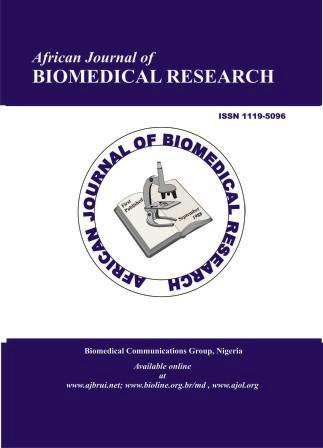Modern Chromatographic Techniques for the Analysis of Thymol and Carvacrole from the Thyme
DOI:
https://doi.org/10.53555/AJBR.v28i1.6157Keywords:
Chromatographic Techniques, Thymol, Carvacrole, ThymeAbstract
Researchers are interested in the natural antibacterial and antifungal properties of thymol and carvacrol found in the leaves of the Origanum syriacum "Za'atar" plant. However, it is still challenging to employ them as natural preservatives in the modern pharmaceutical and cosmetics industries. The best vegetable oil for extraction was determined by analysing the thymol and carvacrol concentration data using a recognised analytical method. According to the results, sesame oil had the A consistent extraction result raises the possibility of usage in the pharmaceutical and cosmetics industries. Thus, the key extraction parameters that influence the final concentration of thymol and carvacrol were evaluated. Sesame oil quality and amount had the biggest impact. In cold-pressed sesame oil, thymol increased by 23% while carvacrol decreased. Sesame The second aspect was the growing circumstances of the Za'atar; the content of thymol and carvacrol in the Za'atar from Hebron differed by less than 10%. Last but not least, the provenance of the sesame seeds used to make sesame oil had the least impact.
Downloads
Published
Issue
Section
License
Copyright (c) 2024 Jaafar Sataar Shia, Zainab A Abid.Alradaa, Mohammed Haider. Asker (Author)

This work is licensed under a Creative Commons Attribution 4.0 International License.









